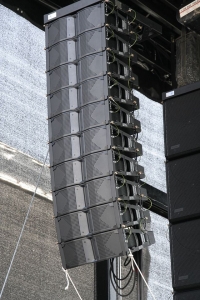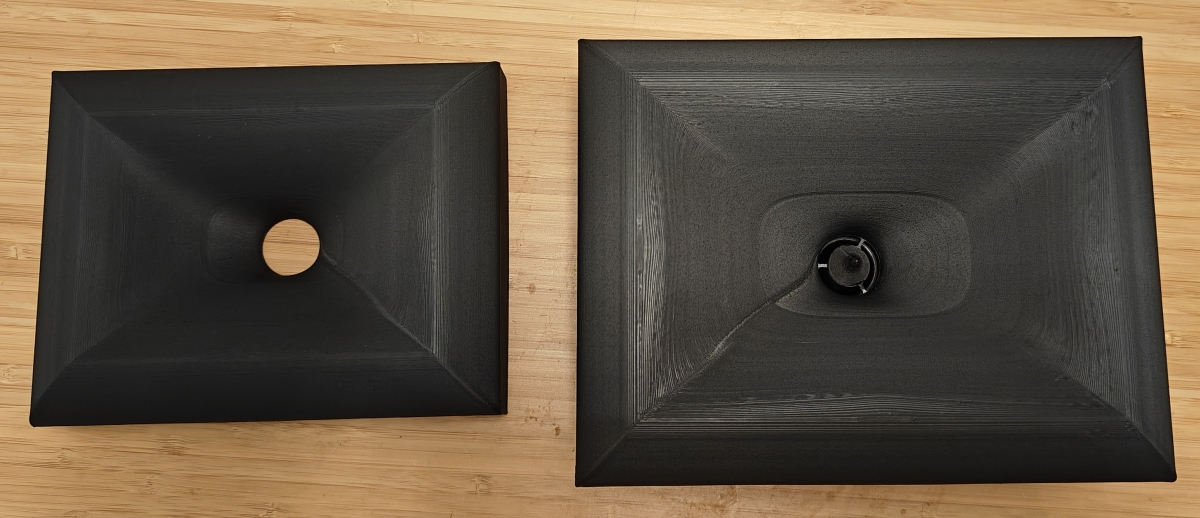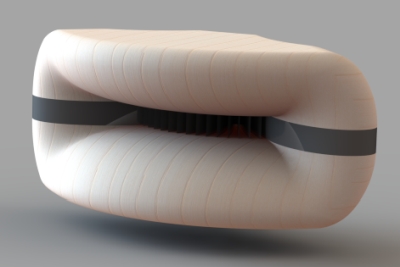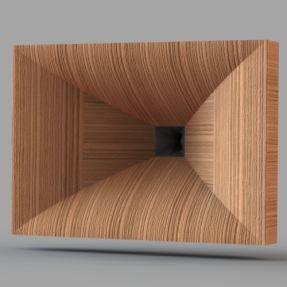What Horn should I use? When distance mater
Introduction
This diagram help to understand what is the more adapted and interesting in function of critical distance:
Here we will see how to choose a type of horn and an opening coverage according to our listening distance.
In a room around half of the energy comes from the reflection on walls, that means if we aren’t at 50/50 or 60/40 between the direct sound from the speaker and the walls reflection that will not be optimal.
We have at our disposal several ADAPT horns, we will choose them according to listening distance and usages.
In one words more we are close more we will “open” the coverage angle and more we are far more we will “close it”, of course we stay in Constant Directivity in all cases.
Close distance
At close distance, below 2m (6.5ft) we have several solutions, 100° waveguide on tweeter is a good solution as it fits a wide range of situations for a very accessible price.
At close distance vertical center to center distance between the tweeter section and the mi-woofer begin to be an important factor, it still has to be in comparison of crossover wave-length, but closer we are, the more sensitive to center to center spacing we are.
So crossing low and putting elements closer to each other is a good solution, rectangular or elliptical mouth horns are a big advantage here in comparison to round horns.
Medium distance
We are here in the compression horn usage with a 90° coverage for a listening distance between 2m and 5/6 m (from 6.5 to 17/20 feet).
X-Shape
The X-Shape is relatively accessible, it can be completely printed or partially with a direct integration in the front baffle, we can use 1", 1.4 or 1.5" compression driver from BMS or 18Sound.
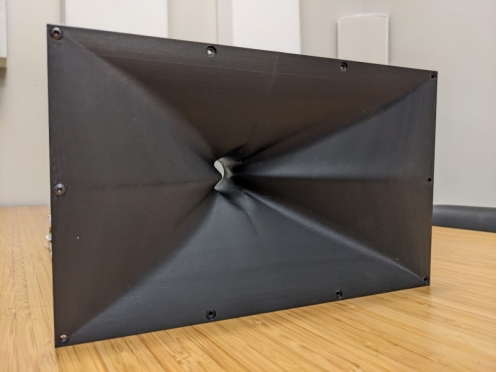
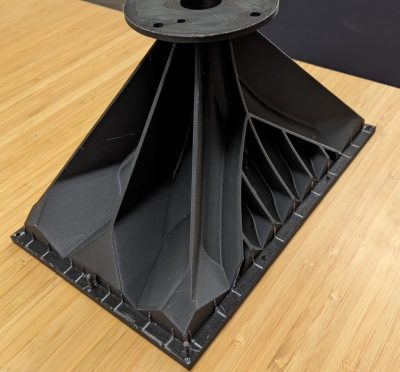
Bi-radial with fins
The bi-radial horn with fins will bring here several advantages: We can cut a bit lower and we have a constant SPL behavior. It’s a high end solution, the lower control of the horn, the usage of a 1.5" horn with pinch and the constant SPL behavior will change the listening experience.
Note that vertical coverage is more narrowing on bi-radial as X-Shape horns.
We will use 1.4 or 1.5 compression driver such as 18Sound ND3N, FaitalPRO HF1440/1460, TAD TD4003, TAD TD4002, JBL 2450SL. We can use 12/14/15" woofer with it, the speaker will be a lot bigger.
2 ways with a 15 or 14" woofer with a subwoofer or 3 ways with 12+18" without subwoofer like this :
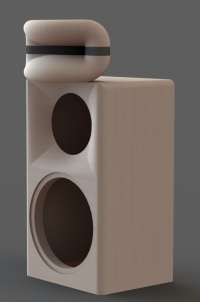
Long range distance
From 6m (20 feet) we need to restrict radiation, 70° or 80° horn is used.
We have developed an Grand Cinema line-up of 70 or 80°.
Ideally with 1.4/1.5" compression drivers and it can also be used as a pure medium horn with 6.5,8 or 10" horn midrange, this kind of big throat with cone driver without phase plug must be cut low, arround 700hz for an 8" in a horn and arround 600hz for a 10", for goes upper a phase plug is needed.
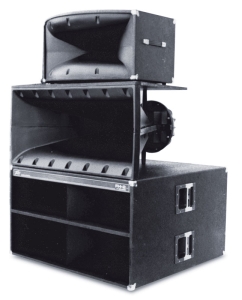
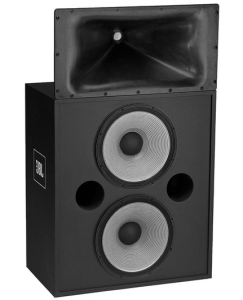
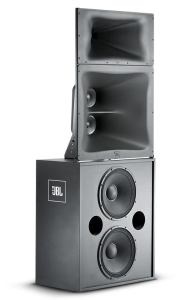
These big 3 ways will be use at a further listening distance, after 9/10m (30 feet). The 2 ways with subwoofer will work perfectly for 6m (20feet).
Stadium usage, Music Festival
Use Line Array :).
Tiny line array cannot be cross low with the subwoofer line, as the height of the line define how low the plane wave radiation will be, so the bigger the better.
